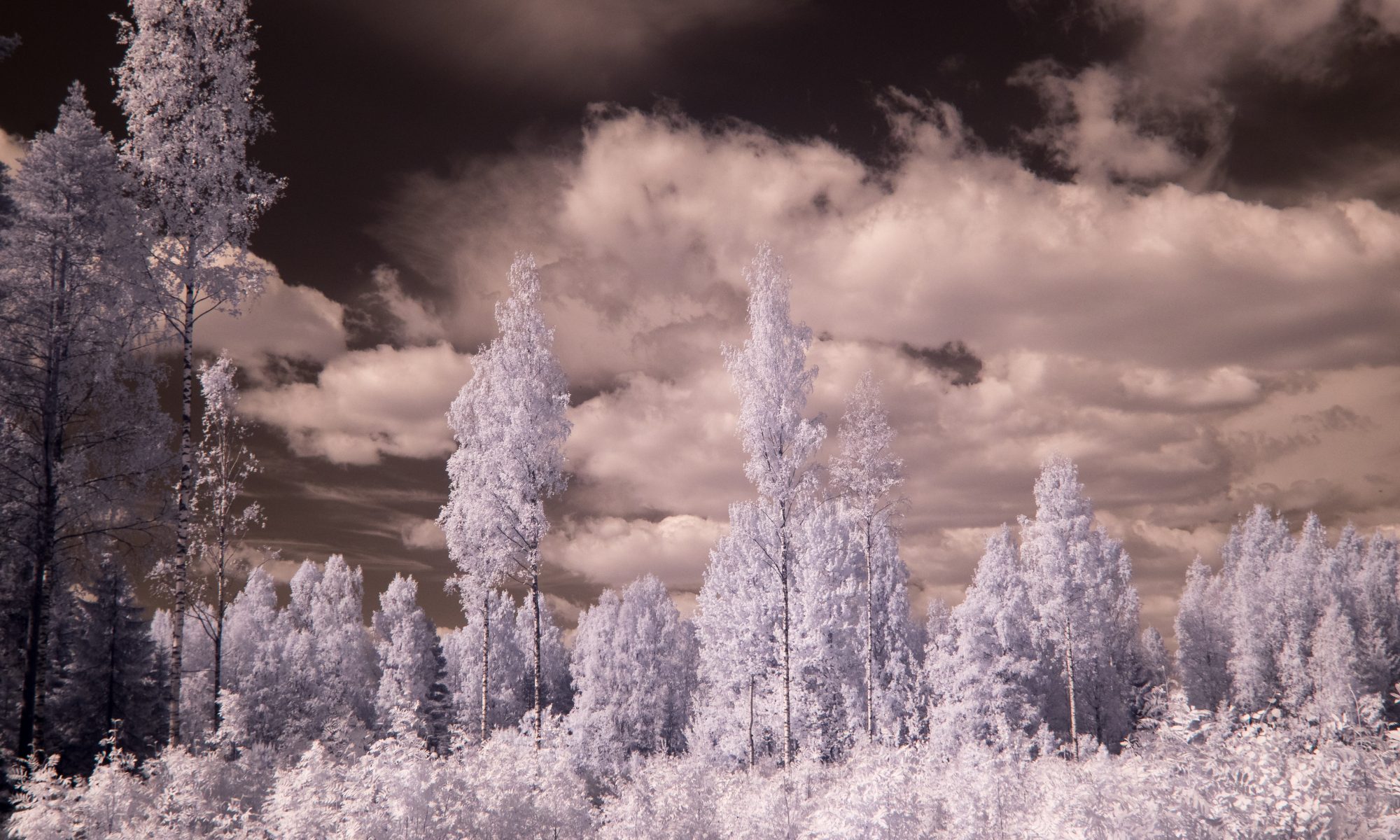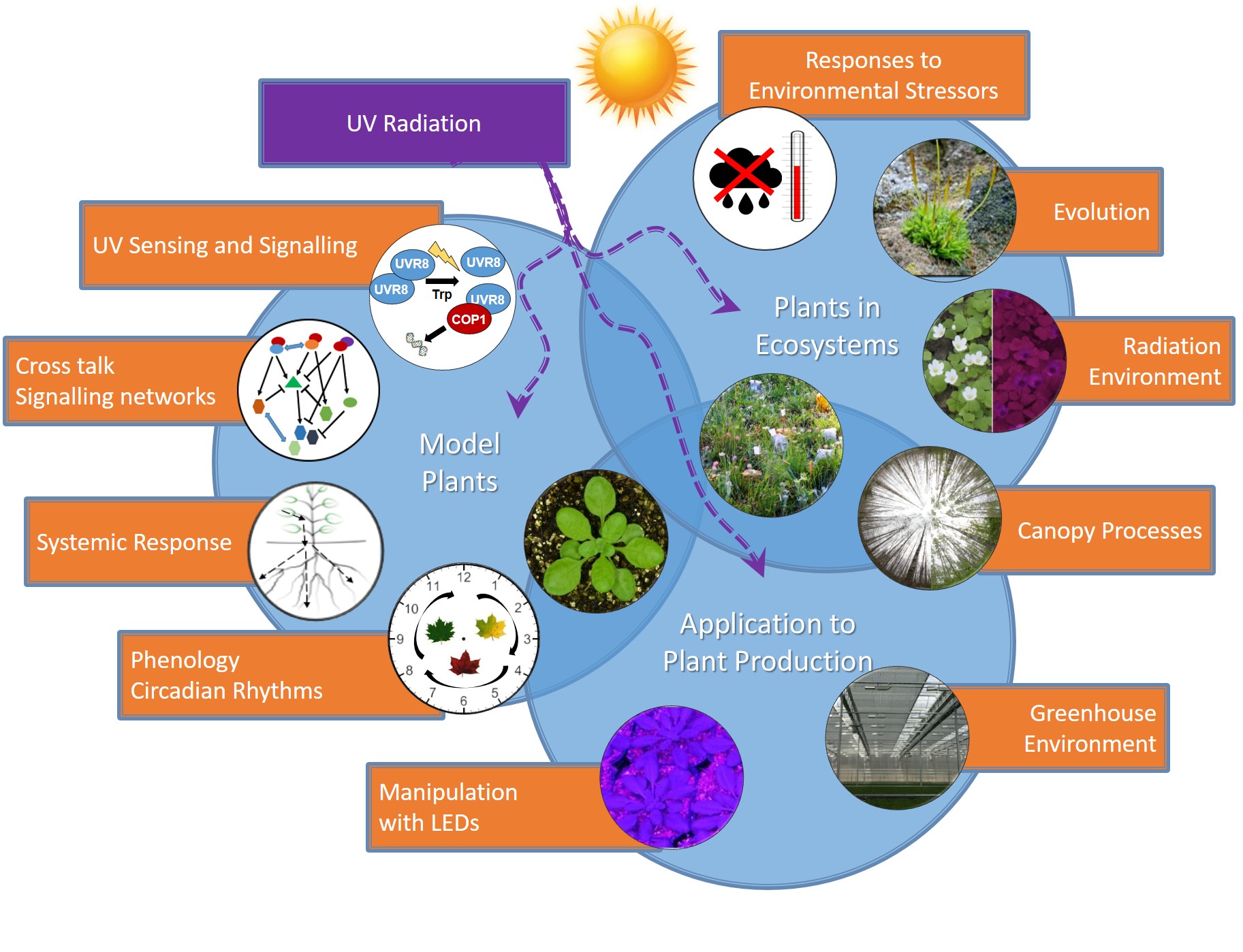Plants perceive ultraviolet-B (UV-B) radiation through the UV-B photoreceptor UV RESISTANCE LOCUS 8 (UVR8), and initiate regulatory responses via associated signalling networks, gene expression and metabolic pathways. Various regulatory adaptations to UV-B radiation enable plants to harvest information about fluctuations in UV-B irradiance and spectral composition in natural environments, and to defend themselves against UV-B exposure. Given that UVR8 is present across plant organs and tissues, knowledge of the systemic signalling involved in its activation and function throughout the plant is important for understanding the context of specific responses. Fine-scale understanding of both UV-B irradiance and perception within tissues and cells requires improved application of knowledge about UV-attenuation in leaves and canopies, warranting greater consideration when designing experiments. In this context, reciprocal crosstalk among photoreceptor-induced pathways also needs to be considered, as this appears to produce particularly complex patterns of physiological and morphological response. Through crosstalk, plant responses to UV-B radiation go beyond simply UV-protection or amelioration of damage, but may give cross-protection over a suite of environmental stressors. Overall, there is emerging knowledge showing how information captured by UVR8 is used to regulate molecular and physiological processes, although understanding of upscaling to higher levels of organisation, i.e. organisms, canopies and communities remains poor. Achieving this will require further studies using model plant species beyond Arabidopsis, and that represent a broad range of functional types. More attention should also be given to plants in natural environments in all their complexity, as such studies are needed to acquire an improved understanding of the impact of climate change in the context of plant-UV responses. Furthermore, broadening the scope of experiments into the regulation of plant-UV responses will facilitate the application of UV radiation in commercial plant production. By considering the progress made in plant-UV research, this perspective highlights prescient topics in plant-UV photobiology where future research efforts can profitably be focussed. This perspective also emphasises burgeoning interdisciplinary links that will assist in understanding of UV-B effects across organisational scales and gaps in knowledge that need to be filled so as to achieve an integrated vision of plant responses to UV-radiation.



